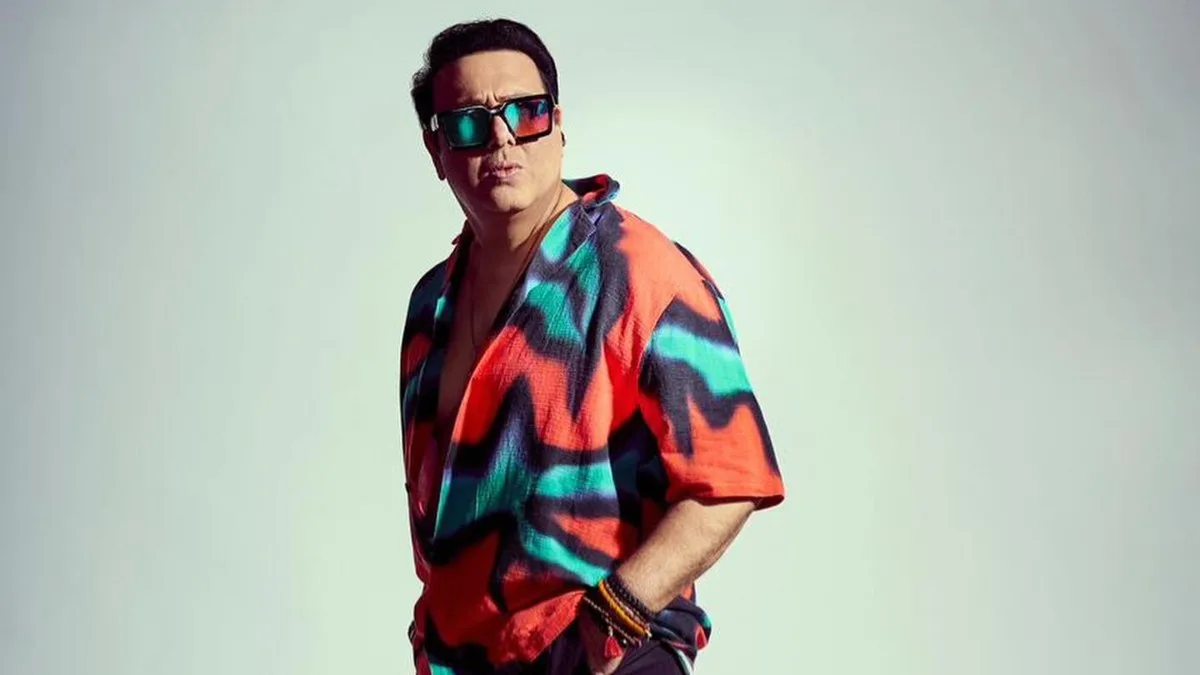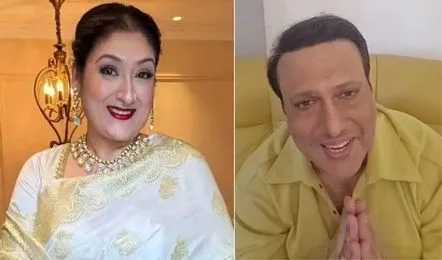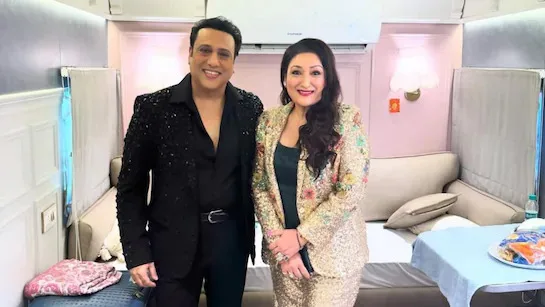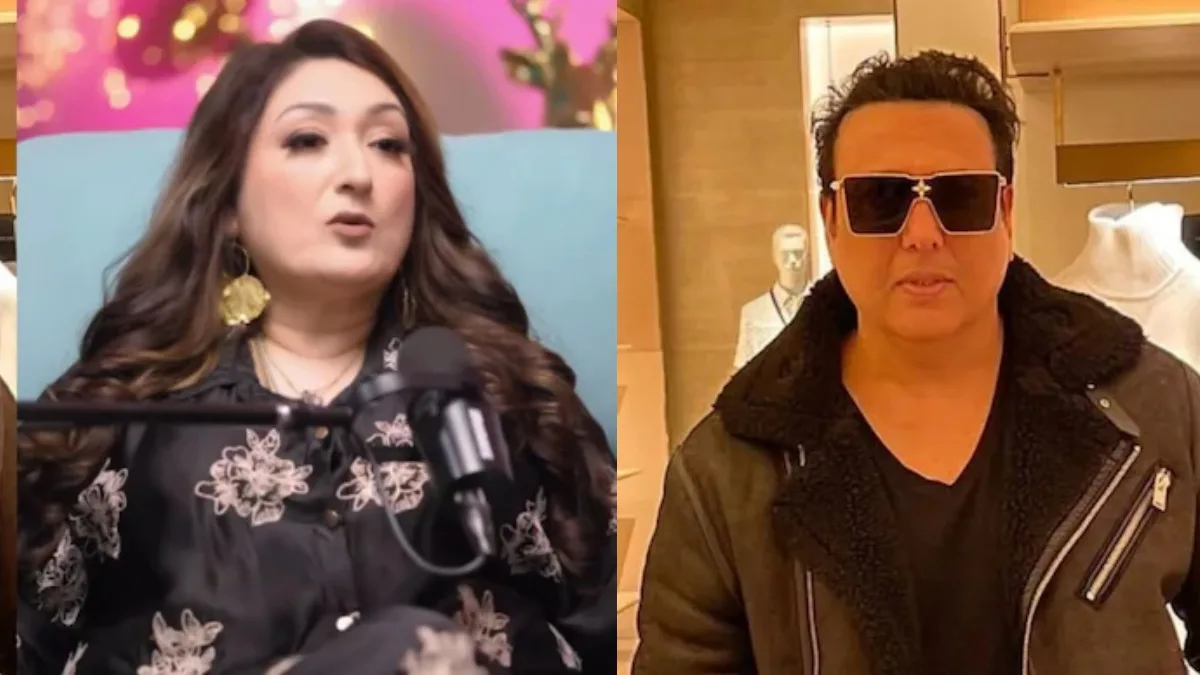Veteran actor Govinda finds himself unexpectedly back in the headlines—not for a film or comeback, but for a domestic storm triggered by his wife Sunita Ahuja’s disparaging remarks about their long-time family priest. On a recent podcast, Sunita accused the priest of charging absurd amounts for religious rituals, calling him a “chor” (thief) and claiming, “He gets pujas done, asks for ₹2 lakh … God will accept prayers you do yourself, not just through a ritual he sells you.” Govinda responded swiftly, posting a video apology in which he stressed he respected the priest, condemned his wife’s remarks, and asked for forgiveness.
While this controversy seems localised, the sudden surge of attention on Govinda—who had stepped away from major lead roles—invites broader questions: why do former stars like Govinda resurface into public view through personal controversies? What does this tell us about Bollywood’s relationship with its once-dominant idols?
Why the limelight of Govinda returns
Govinda’s 1990s heyday was defined by a string of hit comedies and dance-driven films. Over time, as younger actors emerged and his film finishes slowed, his presence shifted into nostalgia territory. Yet a controversy like this brings him back into newsfeeds—perhaps in stronger fashion than any film release would at this stage. This pattern is not unique. Stars such as Shah Rukh Khan-era supporting actor Mohnish Bahl once resurfaced when audience interest picked up around his daughter’s debut, and 1990s action hero Sunny Deol found renewed attention when his political ambitions became public. These shifts suggest that nostalgia, when coupled with new controversies or narratives, gives older stars a second spotlight.

There are several motives behind such resurfacing: the media’s preference for familiar faces; the audience’s nostalgia-driven click interest; and perhaps even strategic PR by the star’s team to re-insert the actor into public memory. In Govinda’s case, the podcast comments by Sunita triggered a chain reaction—an apology, renewed social-media chatter, and fresh interviews—all demonstrating how a domestic statement can suddenly reignite interest in a name once relegated to cameo cameos.
What this phenomenon signals
Firstly, it highlights the thin line between stardom and obscurity in Bollywood. An actor who once commanded lead status can become “veteran star now mostly remembered” unless something current propels them into headlines. Secondly, it underscores the value of controversy (rather than new films) as a means to capture attention—especially for actors whose box-office draw may not be what it once was. Thirdly, it suggests how audiences may consume celebrities less for cinematic output and more for behind-the-scenes drama, weddings, disputes and public apologies.
For Govinda’s public image, the incident is double-edged. On one hand, his immediate apology paints him as respectful and measured; on the other, the event raises questions about his management of personal narratives—with even his domestic remarks becoming fodder for news cycles. For many fans, it shifts the focus from recalling his dance moves and comic timing to speculating about marital discord, influencer podcasts and religious clutter.
Why the timing matters
It’s notable that Sunita’s remarks—and the resulting backlash—came just as Govinda is reportedly involved in forthcoming projects (such as Len Den: It’s All About Business). The renewed coverage may help generate buzz, albeit in a way that focuses less on the film and more on the star’s personal life. In this sense, controversies can superficially serve as publicity vehicles—though not always intentionally crafted as such.
Furthermore, the story reflects the evolution of celebrity culture in India: where once stars were discussed for their films and box-office records, now they’re widely covered for their domestic lives, personal views and real-life dramas. Older generation actors, in particular, find their legacy surfaces—sometimes gently, sometimes via scandal—they’re reminded again of their public identity.

For viewers, this episode functions as a reminder to differentiate between on-screen persona and off-screen reality. Govinda the entertainer in Coolie No. 1 may be fun-loving and larger-than-life—but Govinda the father and husband is human, fallible and prone to relationship complexities. The resurfacing of older stars through personal controversy also invites spectators to reflect: are we engaging because of film nostalgia, or because we’re drawn to sensationalism?
The resurgence of a name like Govinda via a seemingly personal incident also prompts caution for fans and media alike—not to reduce stars to mere headlines. It invites a more empathetic viewpoint: older actors have lives beyond fades and cameos; their legacy isn’t just what they do now, but what they’ve done before, and how they navigate their later years in public view.

In the end, Govinda’s apology over Sunita’s remarks triggers more than just gossip. It shines a light on how Bollywood’s memory works, how stars transition into new phases, and how controversies serve both as flashpoints and career pivots. It compels us to remember: stardom may fade—but headlines never sleep. And for once-dominant stars, even a personal statement can become a public event.


